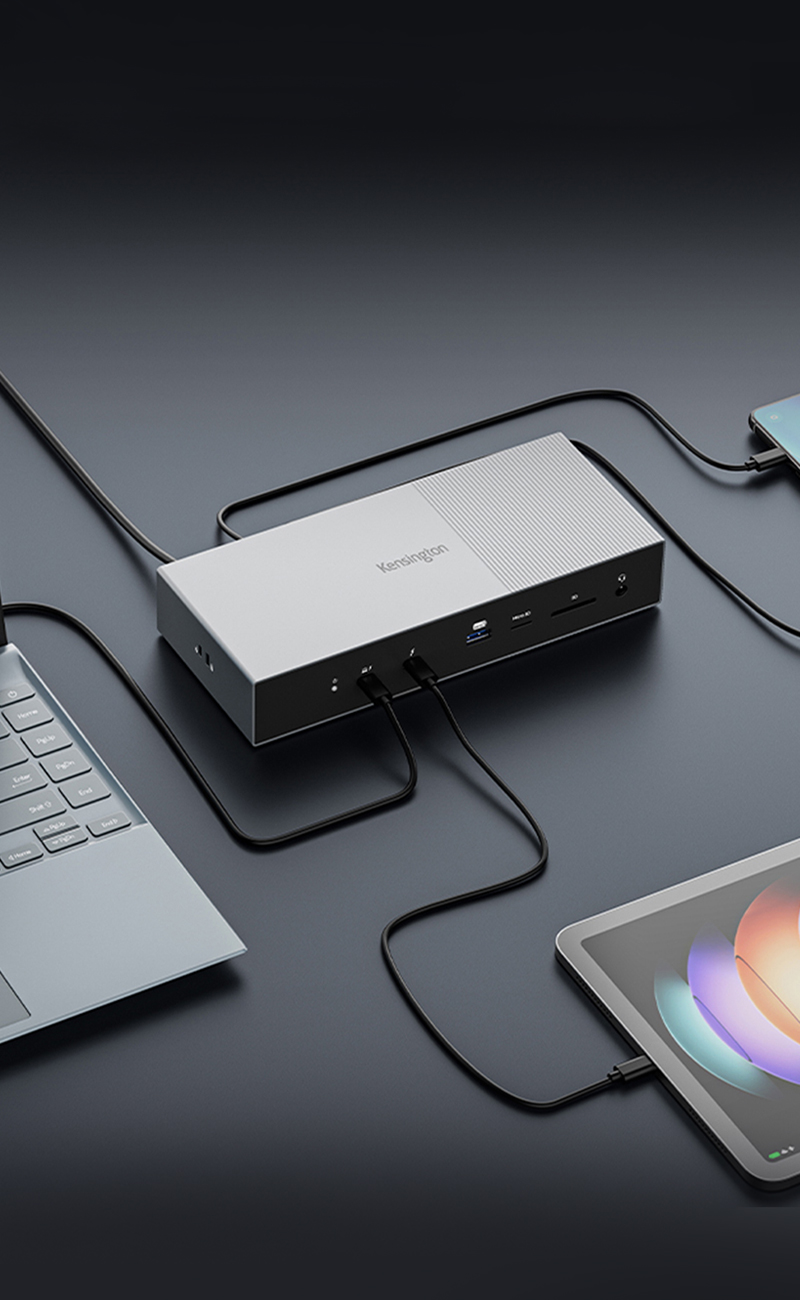
As healthcare organizations navigate the complexities of patient data protection, maintaining compliance with the Health Insurance Portability and Accountability Act (HIPAA) is essential. HIPAA sets stringent standards for protecting sensitive patient information, and organizations must take proactive steps to support compliance. One effective solution for safeguarding patient data is the implementation of HIPAA-compliant privacy screens. This post examines the role of privacy screens in healthcare privacy solutions and highlights the key features and benefits of the Kensington privacy screen collection.
- Understanding HIPAA Compliance
- The Role of Privacy Screens in Healthcare
- Benefits and Features of Kensington Privacy Screens
- Protecting Patient Data with Privacy Screens
Understanding HIPAA Compliance
HIPAA was enacted to protect sensitive patient information from being disclosed without the individual's consent. It mandates that healthcare providers, insurers, and their business associates implement safeguards to ensure the confidentiality, integrity, and availability of protected health information (PHI). This includes physical safeguards for electronic health information, as well as administrative and technical measures.
According to the U.S. Department of Health & Human Services, “Covered entities must implement policies and procedures to protect the privacy of PHI and ensure that it is not disclosed without the patient’s consent.”

The Role of Privacy Screens in Healthcare
Privacy screens are a simple yet effective physical safeguard that enhance patient confidentiality. These screens are designed to restrict visibility from certain angles, ensuring that sensitive information remains private. Here’s how they can help organizations comply with HIPAA regulations:
- Enhanced Patient Confidentiality: By using privacy screens on monitors in waiting areas, consultation rooms, and nurse stations, healthcare providers can reduce the possibility that PHI displayed on screens is visible to unauthorized individuals. This aligns with HIPAA's requirement for safeguarding patient information.
- Reduced Risk of Data Breaches: With the rise of cyber threats, physical security measures are just as important as digital ones. Privacy screens act as a barrier against prying eyes, reducing the risk of accidental exposure of sensitive information, further supporting compliance efforts.
- Compliance with Best Practices: HIPAA’s Security Rule emphasizes the importance of physical safeguards in protecting electronic health information. Implementing privacy screens is a practical step in adhering to best practices for maintaining patient confidentiality.

Benefits and Features of Kensington Privacy Screens
Kensington offers a wide range of privacy screen solutions tailored for healthcare privacy screen compliance. Key features include:
-
Wide Range of Sizes: Kensington features a wide range of privacy screens compatible with external monitors, laptops, iPads, Surface devices, MacBooks, and Chromebooks, ensuring that every screen used in patient care benefits from enhanced privacy. Kensington Privacy Screen Solution Finder helps you select the right privacy screen for any device.
-
Simple Installation: Designed for ease of use, Kensington’s privacy screen include magnetic attachments and edge-to-edge fitting. Monitors and laptops remain functional, and screens can be easily cleaned and removed without disrupting workflow. MagPro™ Elite Magnetic Privacy Screens are easy to attach, remove, and clean, ensuring uninterrupted workflow and efficiency.
-
Limited Viewing Angle: Kensington privacy screens narrow the viewing field to +/- 30 degrees, ensuring PHI is visible only to authorized personnel. This makes them ideal for busy healthcare settings like waiting rooms and public-facing workstations.
-
Anti-Glare Technology: Ideal for busy healthcare environments, anti-glare technology reduces eye strain while preserving privacy, improving visibility even in brightly lit settings.
-
Antimicrobial Coating: Many Kensington privacy screens include an antimicrobial coating to prevent the growth of bacteria and mildew, making them hygienic for healthcare use.
-
ISO/IEC 27001 Annex A Controls Compliance: Kensington privacy screens align with Annex A controls 7.7 and 8.11, offering an additional layer of data protection for healthcare organizations.

Protecting Patient Data with Privacy Screens
Incorporating privacy screens into healthcare facilities is a strategic move to enhance patient confidentiality and comply with HIPAA regulations. By choosing Kensington privacy screens, healthcare organizations gain reliable tools to protect patient information while maintaining efficient workflows. With features like antimicrobial coatings, anti-glare technology, and a wide range of device compatibility, Kensington privacy screens stand out as the best privacy screens for healthcare professionals.
Take the Next Step in HIPAA Compliance
Is your healthcare organization ready to protect patient confidentiality and comply with HIPAA standards? Kensington privacy screens provide the ideal healthcare privacy solutions to reduce data breaches, safeguard sensitive information, and meet regulatory requirements.
Explore Kensington’s Privacy Screen Solutions
